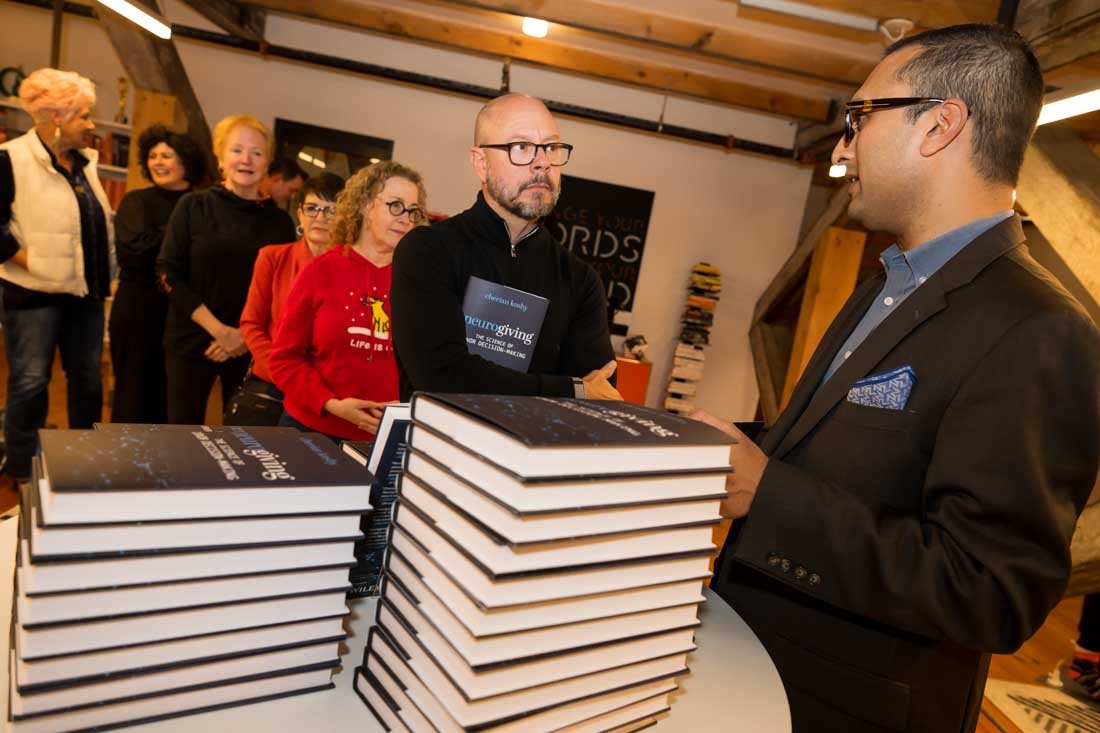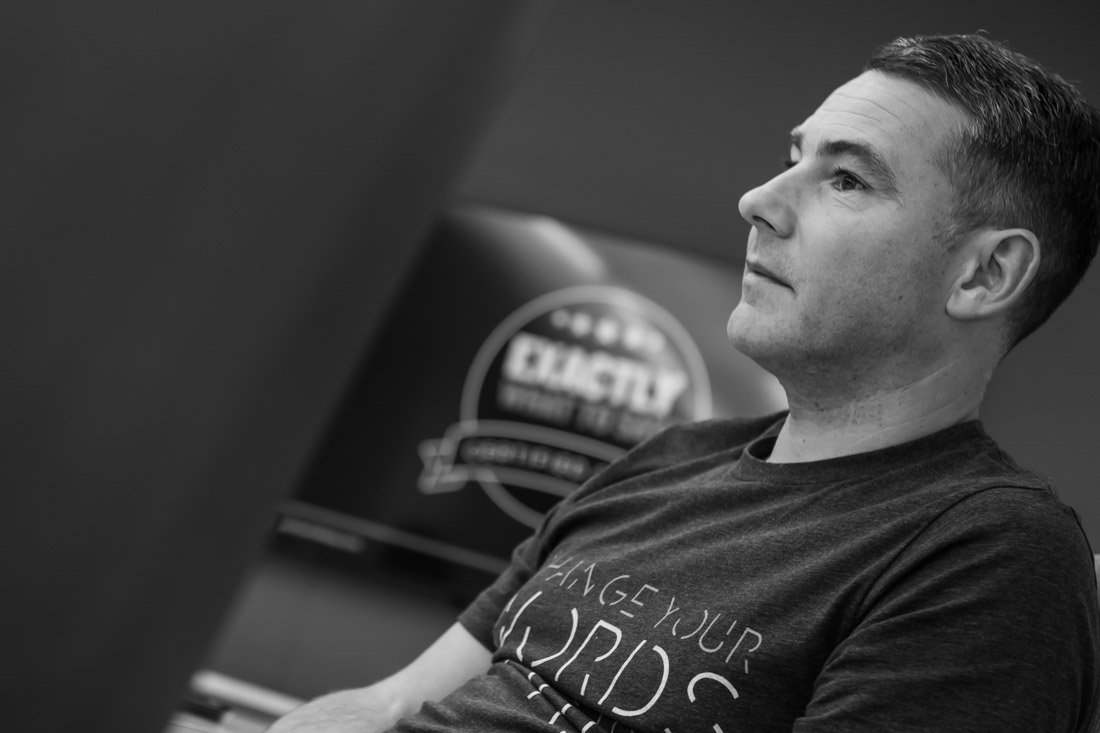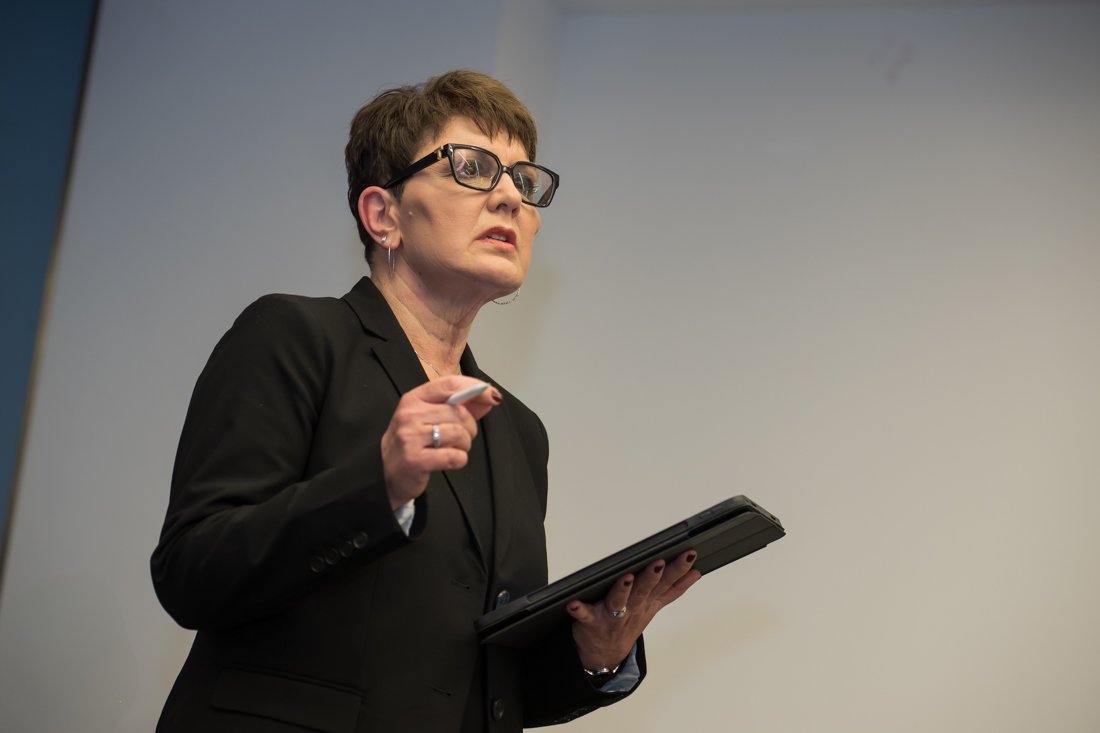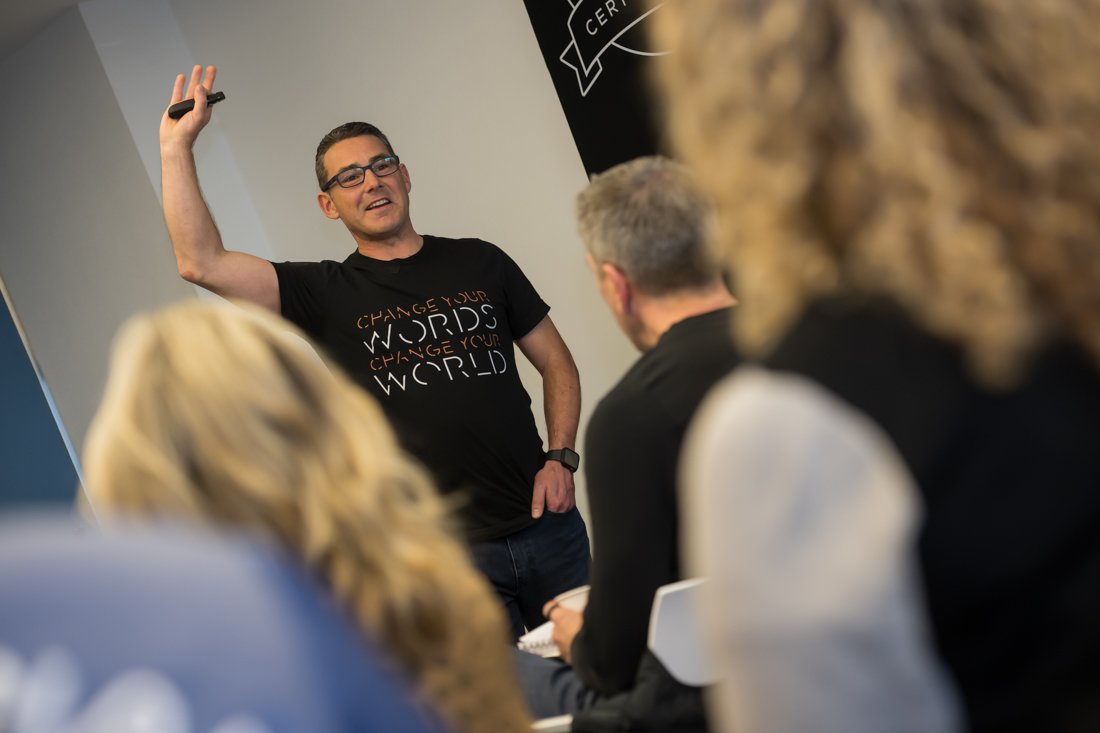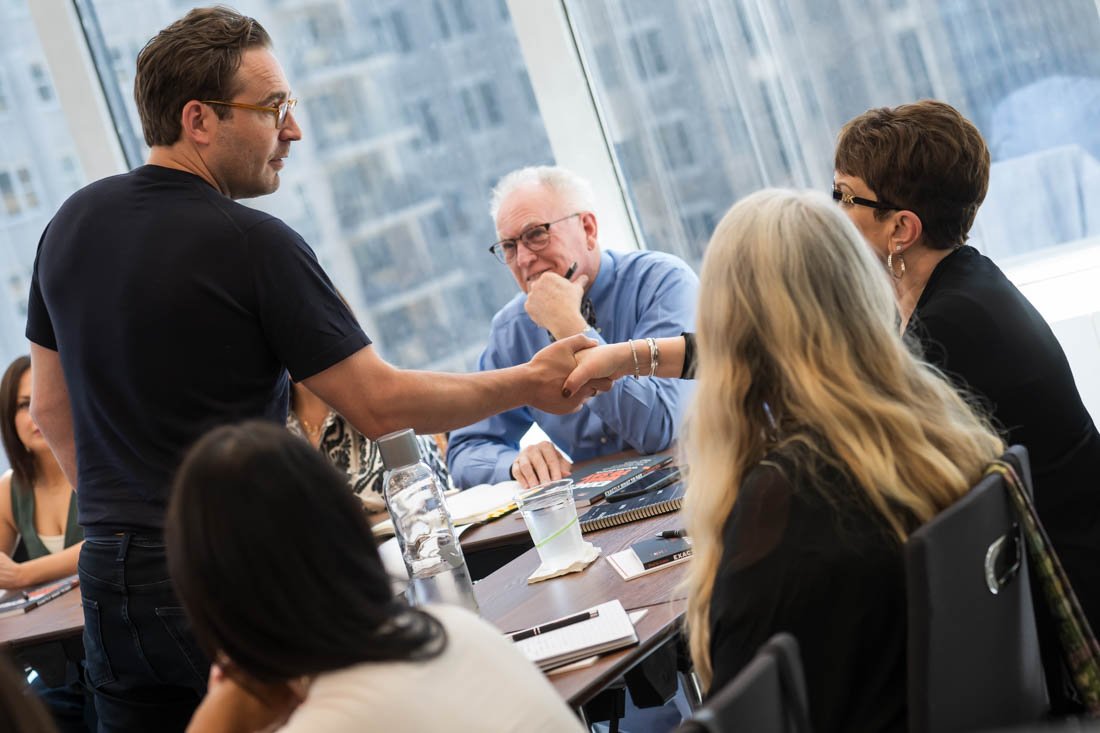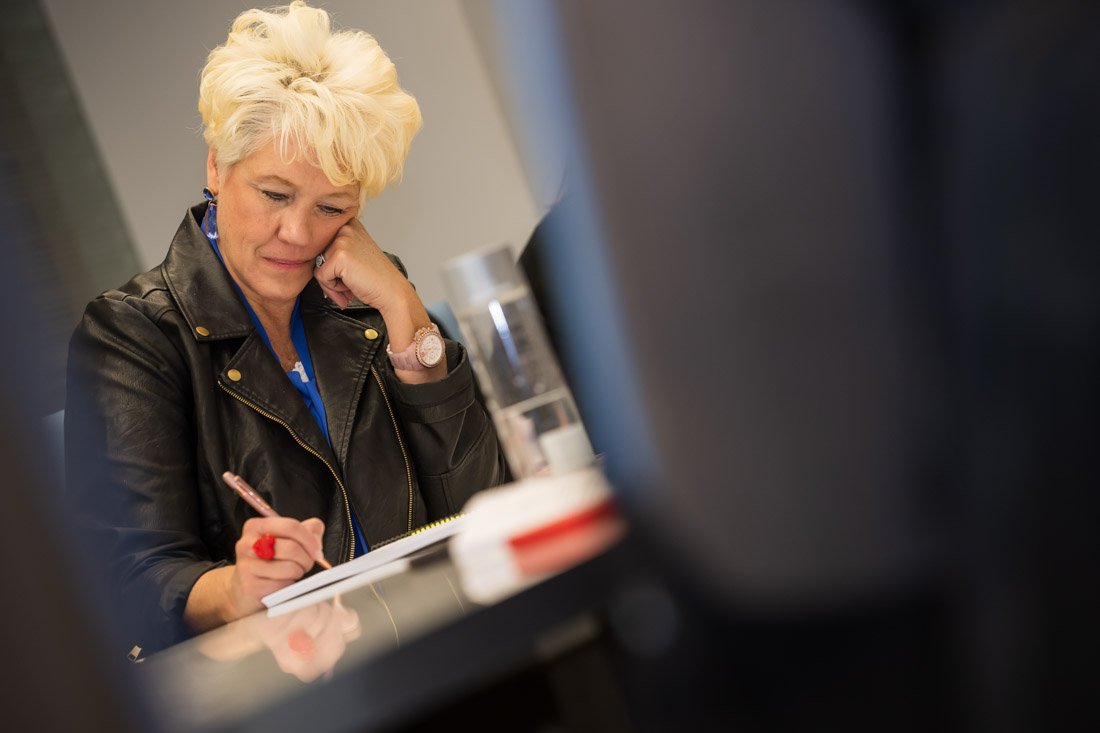In my role as Head of Learning & Development at Exactly What to Say, I support a growing community of Certified Guides, trainers, speakers, coaches, and facilitators who use the power of intentional language to create meaningful change. Every week, I connect with these professionals through training, coaching, onboarding, and office hours sessions. One thing they all have in common? A desire to get better at what they do and not just when something goes wrong, but even when things go really well.
The secret? Knowing how to review your work in a way that’s constructive, encouraging, and focused on growth.
Whether you’re leading a company-wide training, hosting a workshop, or delivering a keynote, feedback is one of your most powerful tools for continuous improvement. And yet, the word “feedback” often gets a bad rap, implying correction, criticism, or what needs to be fixed.
But there’s another way.
One of the simplest, most effective feedback frameworks we use with our Certified Guides is called “Like Best / Next Time.” It’s a positively framed review process that helps you identify what’s working and explore what’s possible in the future. And the best part? Anyone can use it. You don’t need to be part of our community to benefit from this approach.
Step 1: Like Best – Build on What’s Working
Start by asking: What did I like best about that session?
This part of the process is about spotlighting what went well, not in a vague “good job” way, but in a specific, strategic way. The goal is to build awareness of your strengths so you can keep using them with intention.
Here are some examples:
- “I liked how clearly I explained the key concepts, my examples really landed with the group.”
- “I brought great energy, and I could feel the room responding to it.”
- “I created a safe space for open discussion, which helped people engage authentically.”
- “The resources and visuals I used made the content more accessible and memorable.”
When we take time to name what worked, we train ourselves to be confident, consistent, and focused on repeatable success.
Step 2: Next Time – Explore What’s Possible
Now shift the focus to the future. Ask: What could I do differently or even better next time?
Notice that this isn’t about what went wrong. It’s about elevating the experience. This is where growth lives, not in picking apart flaws, but in spotting opportunities to evolve.
A few positively framed “Next Time” examples might sound like:
- “Next time, I could spend a bit more time on that concept, it felt like the group wanted to go deeper.”
- “I’d love to add an interactive element here. Maybe a quick pair-share or activity to make it more experiential.”
- “I might play with pacing—slowing down for the more challenging parts and moving faster through the familiar ones.”
- “I could check in with the group more frequently to make sure everyone’s still with me.”
This kind of feedback doesn’t just feel good, it drives real improvement. You’re no longer fixing problems. You’re expanding your range.
Why This Works – Inside and Outside Our Community
Within the Exactly What to Say® Certified Guide community, we use this framework often. It shows up in coaching calls, event debriefs, and peer-to-peer feedback. It’s become a shared language that helps us stay focused, open, and grounded in progress.
But even if you’re not a Guide (yet), this same approach can help you:
- Run more effective trainings and workshops
- Reflect on your public speaking or facilitation
- Create a culture of constructive feedback within your team
- Approach improvement with optimism instead of overwhelm
If you lead people, share ideas, or influence others, you can benefit from using Like Best / Next Time as part of your regular review rhythm.
Use Feedback as Fuel
If you care about impact, you need a way to regularly reflect, learn, and grow. The “Like Best / Next Time” process offers a simple structure to do just that, without judgment, without perfectionism, and without losing sight of what you’re already doing well.
So whether you’re preparing for your next session or just wrapped one up, take a moment to ask yourself:
What did I like best?
What could I try next time?
Two small questions. One powerful habit.

